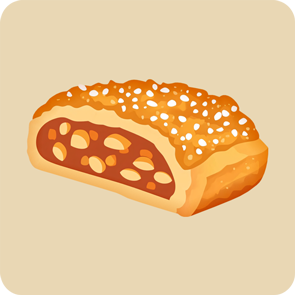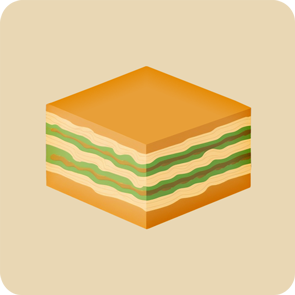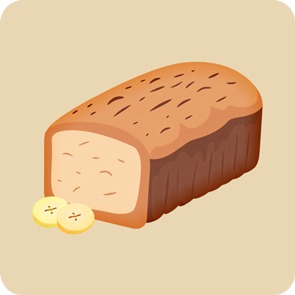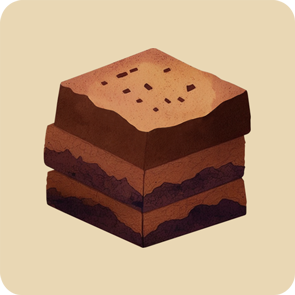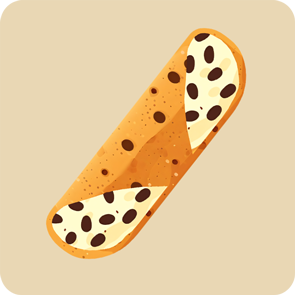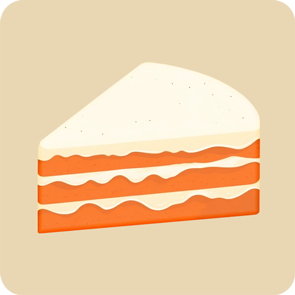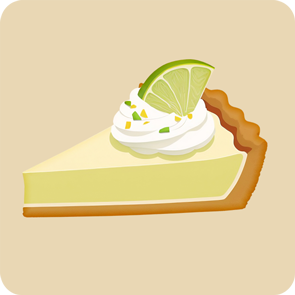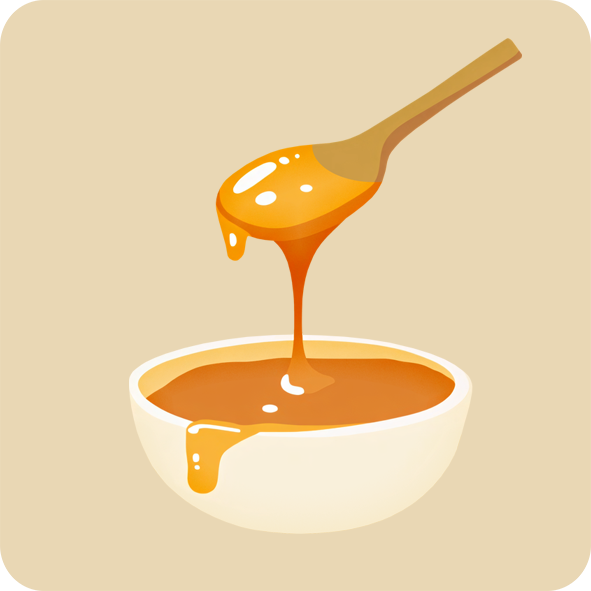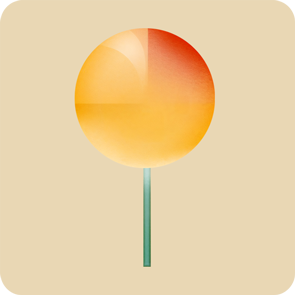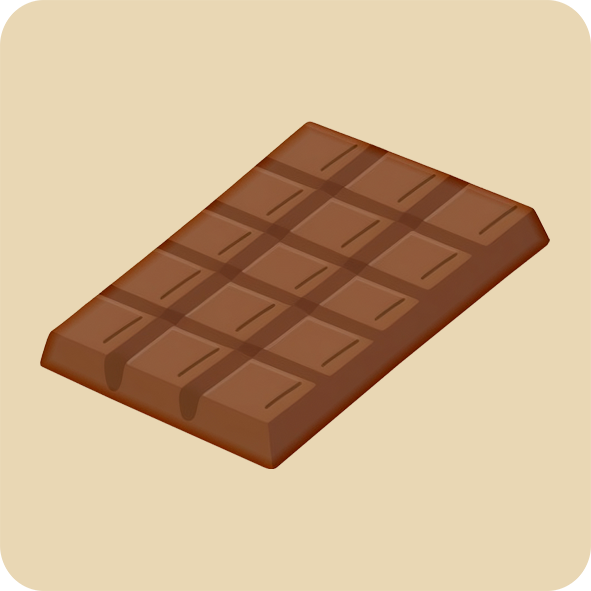
Gelatin

Frozen Yogurt

French Toast
A classic breakfast dish made by dipping bread in a mixture of beaten eggs and milk, then frying it until golden brown. Crispy on the outside, soft inside, often enjoyed sweet or savory.
150
medium slice
(60 grams)
CAL
C
Nutri-Score
Balanced mix of protein and carbohydrates, thanks to the eggs and bread.
Value per 100 grams & per cup (140g):
230 kcal | 320 kcal
Protein
8 grams | 11 grams
Fats
7 grams | 10 grams
Carbohydrates
32 grams | 45 grams
Fiber
1.5 grams | 2 grams
Vitamins & Nutrients
- Vitamin B2 (Riboflavin): Supports energy production and skin health.
- Vitamin B12: Essential for nerve function and red blood cell production.
- Iron: Helps transport oxygen in the blood.
- Calcium: Important for bone health.
Satiety and Feelings
French toast is comforting and filling, combining protein and carbs to provide lasting energy. However, added sugar toppings can spike calories and reduce nutrient density.
What does 100 g look like?
About 1¾ medium slices of French toast or 1 cup chopped.
What does 2000 | 2500 calories look like?
About 13–17 slices or 14–16 cups chopped (1.2–1.4 kg / 2.65–3.1 lbs).
Daily Value per 100 grams %
Did you know?
French toast dates back to Roman times, where it was called Aliter Dulcia (“another sweet dish”).
It’s also called “eggy bread” in the UK and “pain perdu” in France, meaning “lost bread,” because it uses stale bread to reduce waste.
Popular toppings include maple syrup, powdered sugar, fresh fruit, and whipped cream.
Savory versions exist too, topped with cheese, herbs, or bacon.
Drawbacks ⚠️
Often high in sugar and fat when served with syrup or toppings.
Made with white bread, it can be low in fiber.
Can be calorie-dense, especially when fried in butter or oil.
Some recipes contain added salt and preservatives in the bread.




